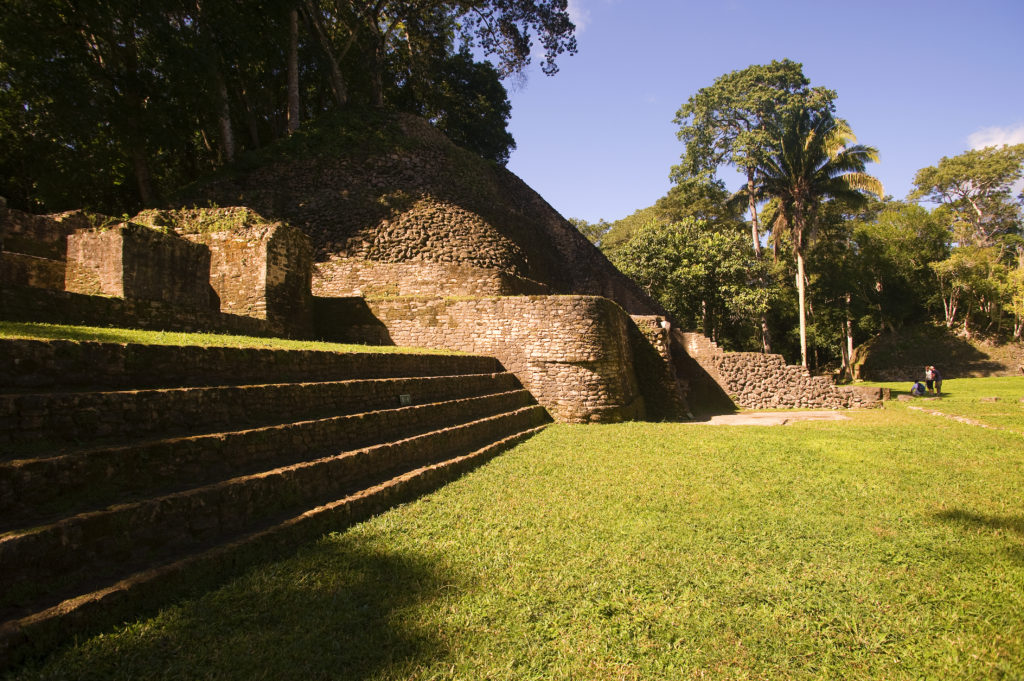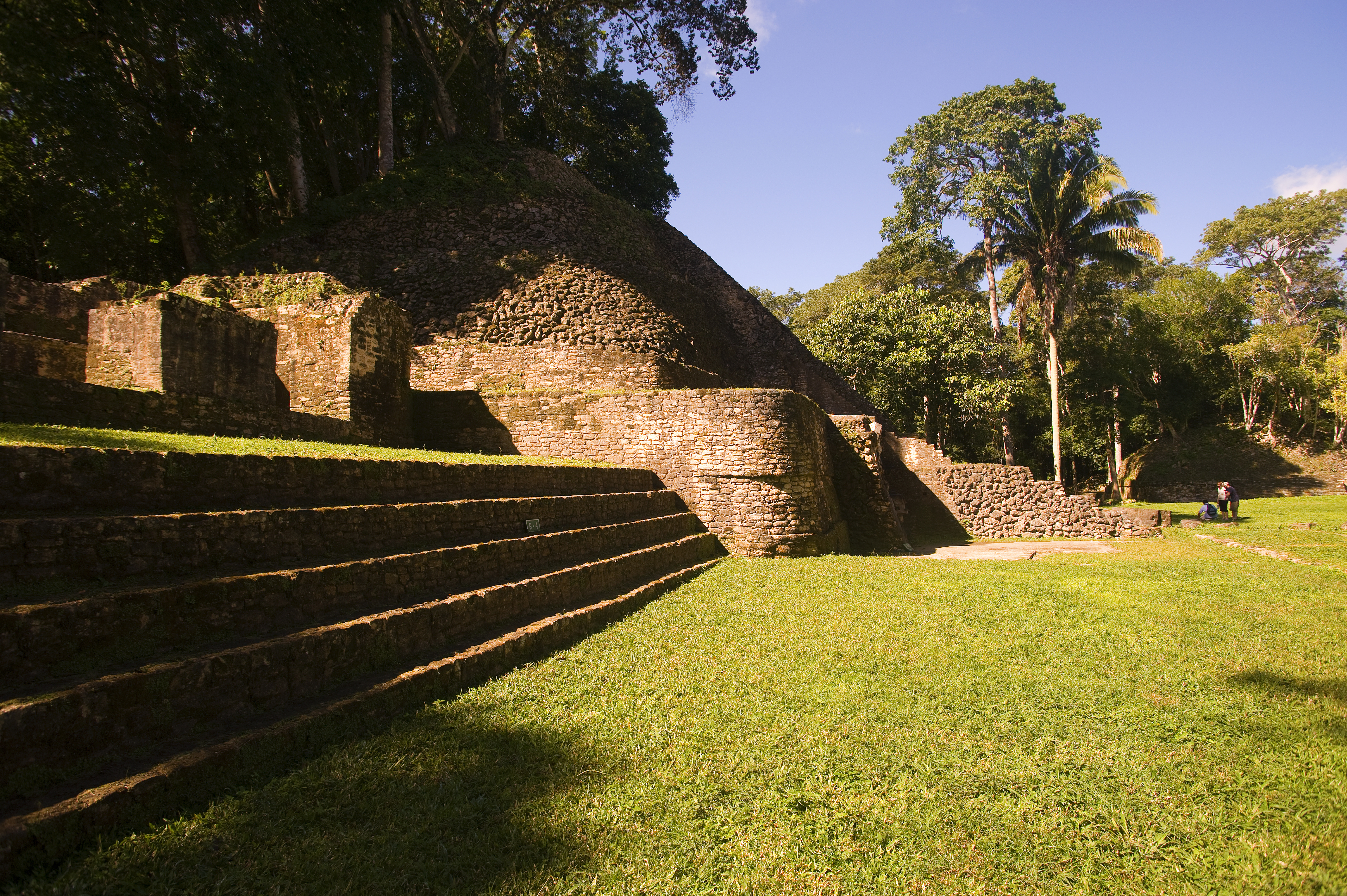For more than 500 years, the Maya kings ruled the New World’s richest and most advanced civilization. But then, around 800 C.E., the Maya empire began to collapse and its kings soon disappeared; by 1000 C.E., most of its great cities and temples lay in ruins. What happened? In recent years, scientists have increasingly blamed a series of droughts for the calamity, but the evidence has been ambiguous. A new study concludes that drought did indeed play an important role, but the actual decrease in rainfall was relatively modest.
At its height, Maya civilization occupied much of Mexico’s Yucatán Peninsula and Central America, including modern-day Guatemala, Belize, and Honduras. Archaeologists have dated the first settlements as far back as 2000 B.C.E., but the rise of kings and dynasties occurred during the so-called Classic period, beginning about 250 C.E. At sites like Tikal in Guatemala, monarchs decked out in jade jewelry ruled as many as 100,000 people, including artists, scribes, and the farmers who worked the surrounding cornfields. But by 830 C.E., more than 80% of Tikal’s population was gone, and population losses at many other Maya sites were even greater.
Archaeologists had considered numerous factors for the collapse, including internal political rivalries and warfare between neighboring kings. Drought was also considered a possibility, but until about 10 years ago there were few data that allowed correlation of dry periods with the archaeological evidence. Over the past decade, however, researchers have been looking at so-called climate proxy records—such as lake and coastal sediments—to detect ancient rainfall levels. Those studies have strengthened the case that drought played an important role, because the driest periods do appear to coincide with the collapse; but just how big a role drought played is still in question.
The latest study, published in the 24 February issue of Science and carried out by two paleoclimatologists at the University of Southampton in the United Kingdom, claims to be the highest resolution look yet at the role of drought in the Maya collapse. Martin Medina-Elizalde and Eelco Rohling created a climate model using the four best-dated paleoclimate records from the Mexican part of the Yucatán Peninsula: stalagmites from Tecoh Cave, remains of gastropods (slugs and snails) from Lake Chichancanab, remains of ostracods (tiny crustaceans) from Lake Punta Laguna, and sediments from Lake Chichancanab.
For the stalagmite, gastropod, and ostracod records, the team plugged data into the model for the ratio of the heavier oxygen isotope oxygen-18 to the lighter oxygen isotope oxygen-16; rainfall is depleted in oxygen-18 because it is the result of water that has evaporated into the atmosphere. The sediments from Lake Chichancanab provided a measure of how saturated the lake had become from precipitation.
Media-Elizalde and Rohling calculated that during the two longest and most-severe droughts previously identified by researchers—centered around 830 and 928 C.E., in the middle of the Maya collapse—the water levels of Lake Chichancanab dropped by about 30% and overall annual precipitation in the Yucatán area decreased by about 40% during drought periods. The researchers point out that this decrease is not as severe as that found in some previous estimates and suggest that the water table of the peninsula, which is mostly made up of limestone, is “critically sensitive” to even small decreases in rainfall.
Keith Prufer, a Maya archaeologist at the University of New Mexico, Albuquerque, who has worked closely with paleoclimatologists, says the new paper is a “solid contribution” to increasing evidence that the Maya “had to contend with changing climate conditions during their period of peak populations,” which put significant pressure on their “rainfall-dependent agricultural systems.” And climate geologist Gerald Haug of the Swiss Federal Institute of Technology in Zürich, Switzerland, says the paper is a “fine piece of work” that adds to the “compelling” evidence that climate change is implicated in the Maya collapse. However, Haug cautions that researchers should not ignore other factors, such as social and political developments, which could have been just as important.
Indeed, archaeologist Lisa Lucero, a Maya expert at the University of Illinois, Urbana-Champaign, says that “monocausal explanations” for the Maya collapse, such as drought, should be considered “passé,” even if drought may have “set in motion” a series of social and political events that led to the disappearance of the kings and the fall of their civilization.
Source: Huffingtonpost.com

